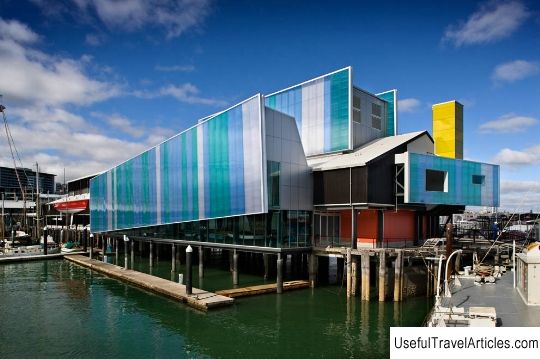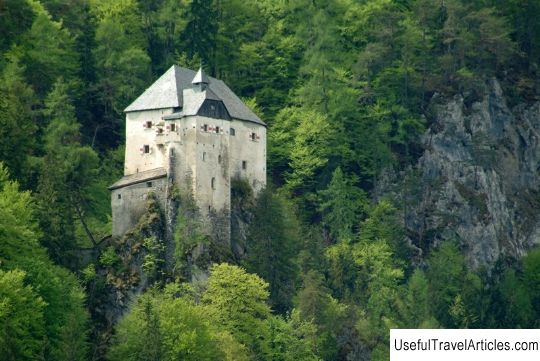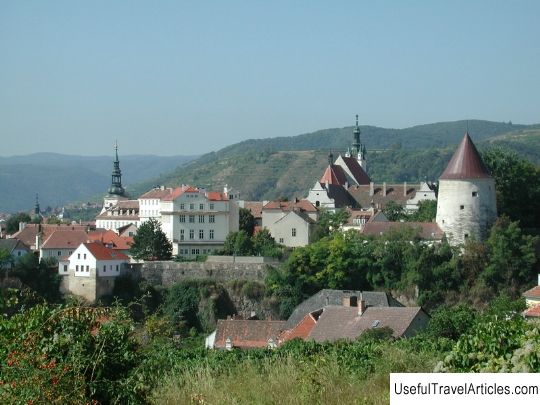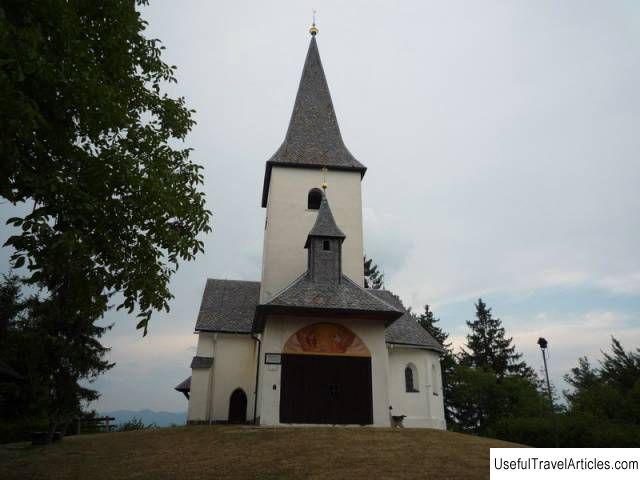Parish Church Stein im Jauntal (Pfarrkirche Stein im Jauntal) description and photo - Austria: St. Kanzian
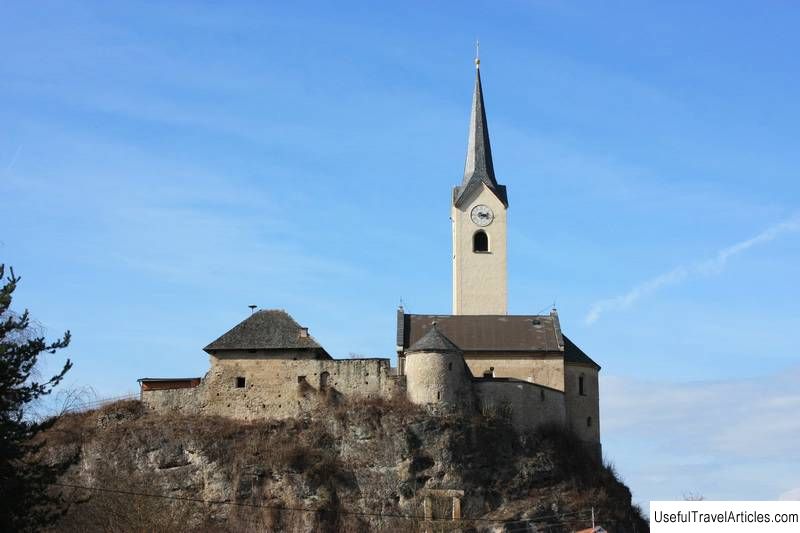
Parish Church Stein im Jauntal (Pfarrkirche Stein im Jauntal) description and photos - Austria: St. Kanzian. Detailed information about the attraction. Description, photographs and a map showing the nearest significant objects. The title in English is Pfarrkirche Stein im Jauntal. Photo and descriptionThe parish church of the village of Stein im Jauntal, which is part of the city of St. Kanzian, bears the name of St. Lawrence. It is next to the ruins of a local castle on a cliff above the village. This is a former castle chapel, later transformed into an independent church. It was built in the XII or XIII century. As a result of clashes between Emperor Frederick III and Count von Goretz, owner of the castle in Stein im Jauntal, the castle was destroyed in 1458 and partially rebuilt after 1514. People lived in it until the beginning of the 18th century. The walls of the nave and round apse of the church are made in the Romanesque style and are considered the most ancient architectural elements of this building. In Gothic times, they were significantly strengthened so that the enemy could not violate the integrity of the building. Slim, the narrow late Gothic north tower with loopholes was built in 1511 and served for defense. The western vestibule was added to the church in the 19th century. Near the church you can see a free-standing rotunda, erected in the Romanesque style and reconstructed in 1996. On the north wall of the nave of the church, there are remains of frescoes painted in the second half of the 13th century. The vaults were painted later, in the middle of the 14th century. The neo-baroque altarpiece from 1864 is decorated with statues of St. Lawrence and the apostles Peter and Paul. Above the altar is a canvas depicting the Virgin Mary with the Child. The side altar, also decorated with statues of saints, was made in 1770. The pulpit is dated to the third quarter of the 18th century. The western vestibule was added to the church in the 19th century. Near the church you can see a free-standing rotunda, erected in the Romanesque style and reconstructed in 1996.On the north wall of the nave of the church, there are remains of frescoes painted in the second half of the 13th century. The vaults were painted later, in the middle of the 14th century. The neo-baroque altarpiece from 1864 is decorated with statues of St. Lawrence and the apostles Peter and Paul. Above the altar is a canvas depicting the Virgin Mary with the Child. The side altar, also decorated with statues of saints, was made in 1770. The pulpit is dated to the third quarter of the 18th century. The western vestibule was added to the church in the 19th century. Near the church you can see a free-standing rotunda, erected in the Romanesque style and reconstructed in 1996.On the north wall of the nave of the church, there are remains of frescoes painted in the second half of the 13th century. The vaults were painted later, in the middle of the 14th century. The neo-baroque altarpiece from 1864 is decorated with statues of St. Lawrence and the apostles Peter and Paul. Above the altar is a canvas depicting the Virgin Mary with the Child. The side altar, also decorated with statues of saints, was made in 1770. The pulpit is dated to the third quarter of the 18th century. Remains of frescoes painted in the second half of the 13th century are preserved on the north wall of the nave of the church. The vaults were painted later, in the middle of the 14th century. The neo-baroque altarpiece from 1864 is decorated with statues of St. Lawrence and the apostles Peter and Paul. Above the altar is a canvas depicting the Virgin Mary with the Child. The side altar, also decorated with statues of saints, was made in 1770. The pulpit is dated to the third quarter of the 18th century. On the north wall of the nave of the church are the remains of frescoes painted in the second half of the 13th century. The vaults were painted later, in the middle of the 14th century. The neo-baroque altarpiece from 1864 is decorated with statues of St. Lawrence and the apostles Peter and Paul. Above the altar is a canvas depicting the Virgin Mary with the Child. The side altar, also decorated with statues of saints, was made in 1770. The pulpit is dated to the third quarter of the 18th century. The pulpit is dated to the third quarter of the 18th century. The pulpit is dated to the third quarter of the 18th century.    We also recommend reading Assumption Church description and photos - Russia - Karelia: Kondopoga Topic: Parish Church Stein im Jauntal (Pfarrkirche Stein im Jauntal) description and photo - Austria: St. Kanzian. |
